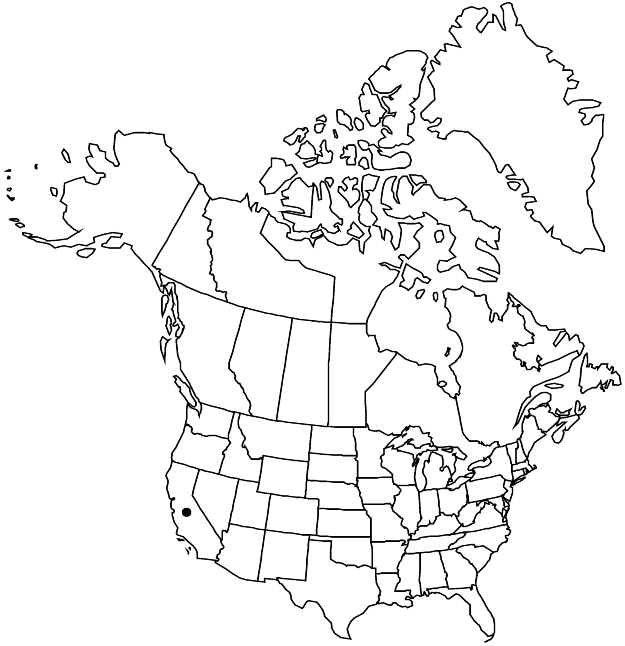Stellaria littoralis
in War Department [U.S.], Pacif. Railr. Rep. 4(5): 69. 1857.
Plants perennial, straggling to scandent, from elongate rhizomes. Stems ascending, often decumbent at base, branched, 4-sided, 10–60 cm, uniformly and softly pubescent. Leaves sessile; blade ovate to ovate-lanceolate, widest proximal to middle, 1–4.5 cm × 4–20 mm, base round, margins densely ciliate, apex shortly acuminate, pubescent on both surfaces. Inflorescences terminal, 5–many-flowered, leafy cymes; bracts foliaceous, 4–40 mm, margins ciliate, not scarious. Pedicels ascending to erect, straight, spreading to reflexed at base in fruit, 5–20 mm. Flowers 9–10 mm diam.; sepals (4–)5, 3-veined, lanceolate, 2.8–5 mm, margins narrow, scarious, apex acuminate, ciliate-pubescent mainly on margins and veins; petals 5, 4–6 mm, equaling or slightly longer than sepals, blade apex deeply 2-fid; stamens 10; styles 3, ascending, ca. 1.5 mm. Capsules green to straw colored, lanceoloid-ovoid, 5–6 mm, slightly longer than sepals, apex obtuse, opening by 3, tardily 6, ascending valves; carpophore absent. Seeds reddish brown, broadly and obliquely ovate, ± 1 mm diam., minutely rugose.
Phenology: Flowering spring.
Habitat: Marshy fields, marshes, coastal bluffs
Elevation: less than 100 m
Discussion
Stellaria littoralis is very similar to S. dichotoma Linnaeus from China, the Russian Far East, and Siberia. It may be conspecific with the latter and may have been introduced into the San Francisco area in the early days of exploration of the Pacific coast. A more detailed study is warranted.
Selected References
None.
